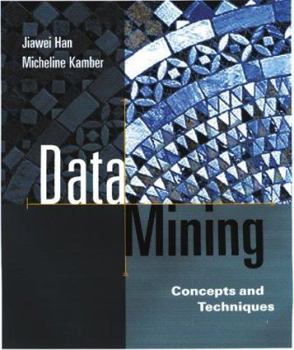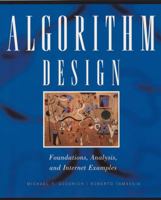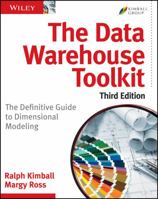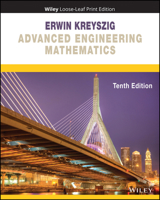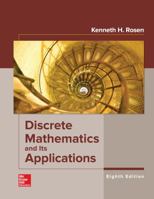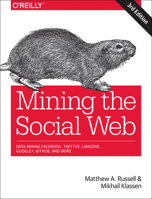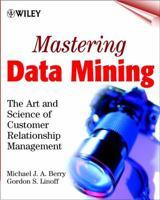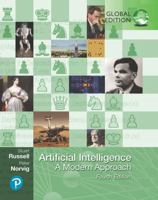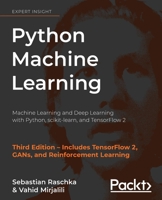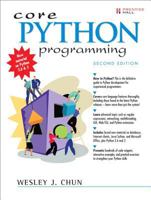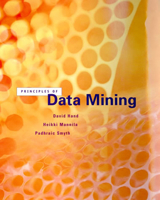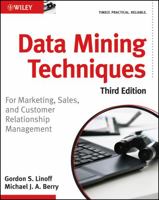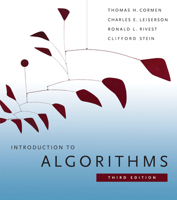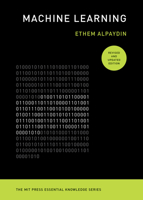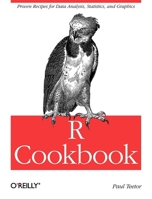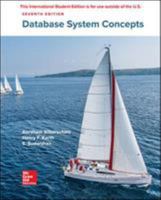Data Mining: Concepts and Techniques (The Morgan Kaufmann Series in Data Management Systems)
Select Format
Select Condition 
You Might Also Enjoy
Book Overview
Customer Reviews
Rated 5 starsSignificant improvements since first edition
I have read the first edition of this book years before. This second edition has significant improvements. Core topic (classification, clustering, association rules) is very detailed and much easier to read. The author also add much material about advanced topics such as graph mining, multimedia mining, stream and time series mining, etc. Although these advanced topics are not as well writen as core topics, at least you will...
0Report
Rated 5 starsBest introduction I know
It is very easy to collect huge volumes of data - social statistics, bank records, biological data, and more - but very hard to pull useful facts out of the heap. This book is about processing large volumes of data in ways that let simple descriptions emerge. This is an introductory level book, aimed at someone with reasonably good programming skills. A little facility with statistics might help, but certainly isn't necessary...
0Report
Rated 5 starsDeep, comprehensive and practical + data mining software
I learned about Data Mining - Concepts and Techniques from a friend who is a CS professor. He is using this book to teach his graduate and undergraduate classes and he said that the same book is also used by many leading universities such as Cornell, UC Berkeley, Georgia Tech.First I thought this book would be hard for me to follow because I do not have a degree in CS, and I just wanted to have a good comprehensive understanding...
0Report
Rated 5 starsA good textbook on the technical aspects of data mining
There are a number of books on data mining. The vast majority of them are non-technical in the sense that they talk a great deal about how data mining is a glorious area, without ever getting into the nitty gritty of how data mining algorithms actually work. There are also a couple of technical textbooks on data mining that are nothing more than mistitled books on machine learning (yes, I know, the ML arena does contribute...
0Report









